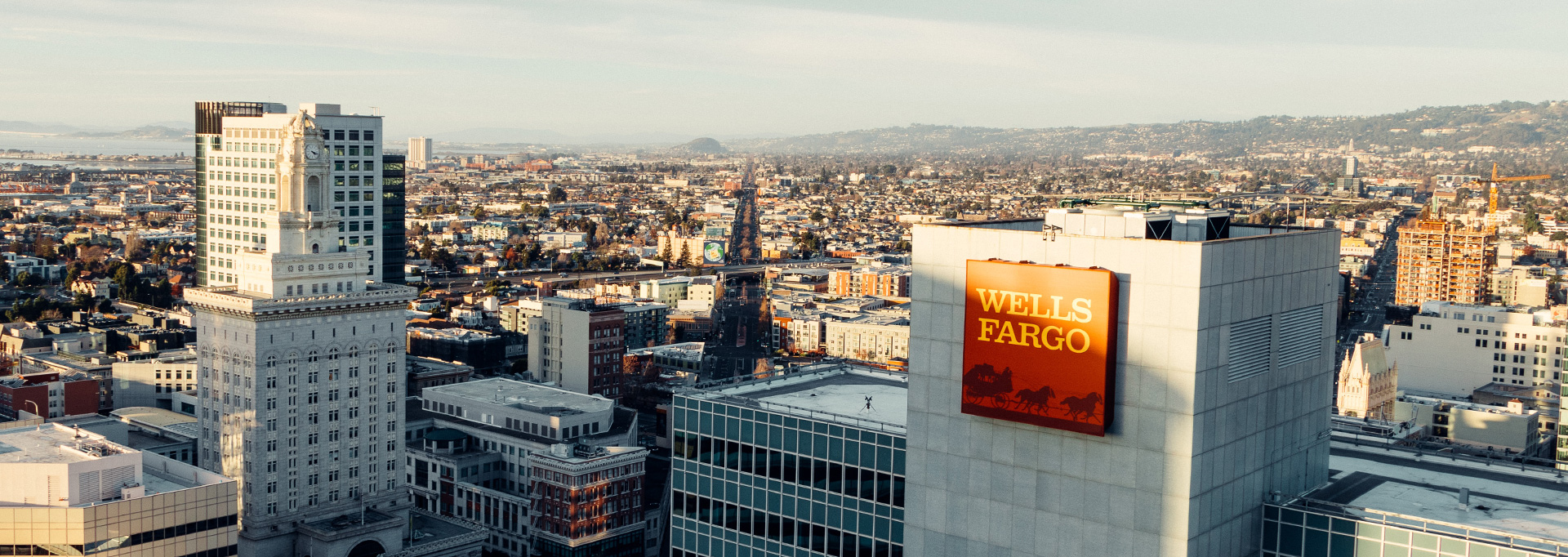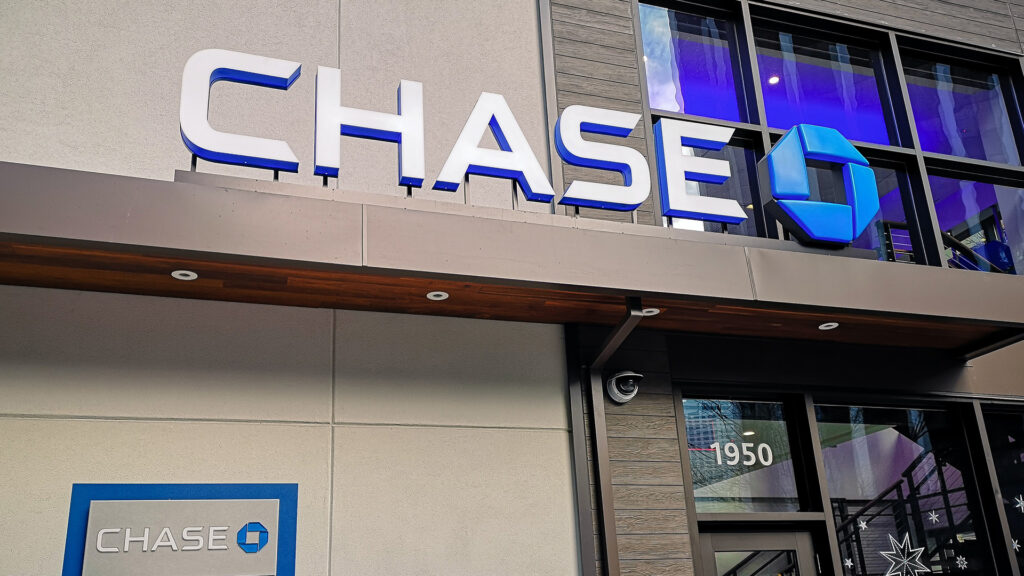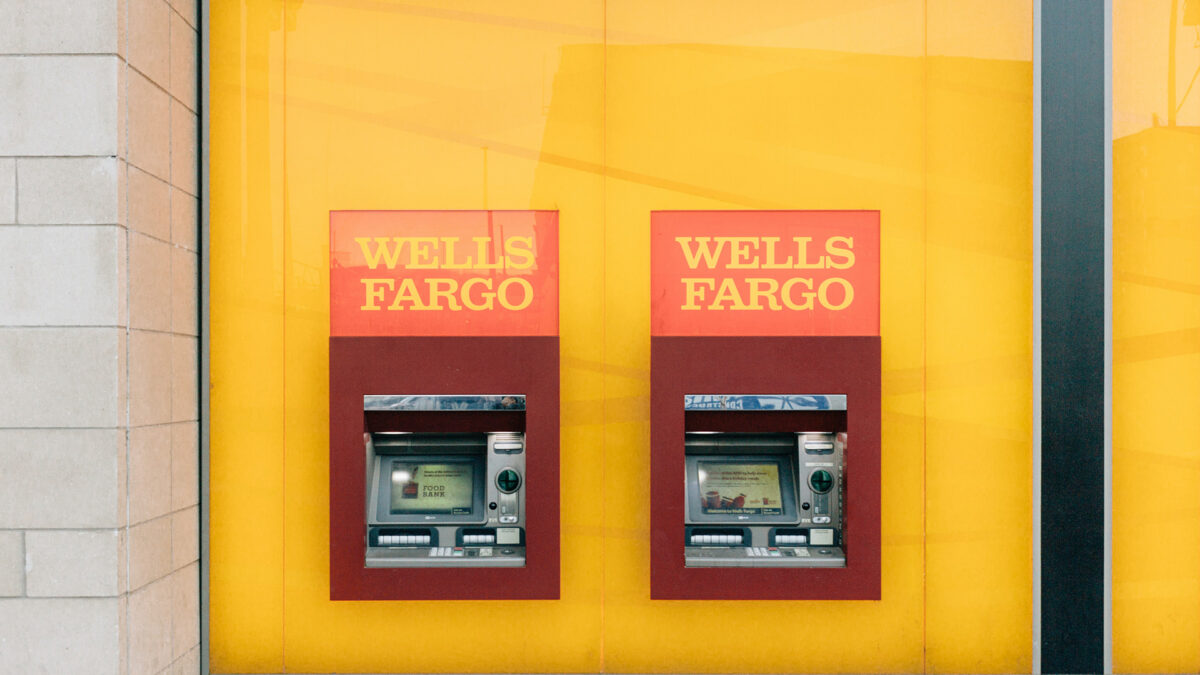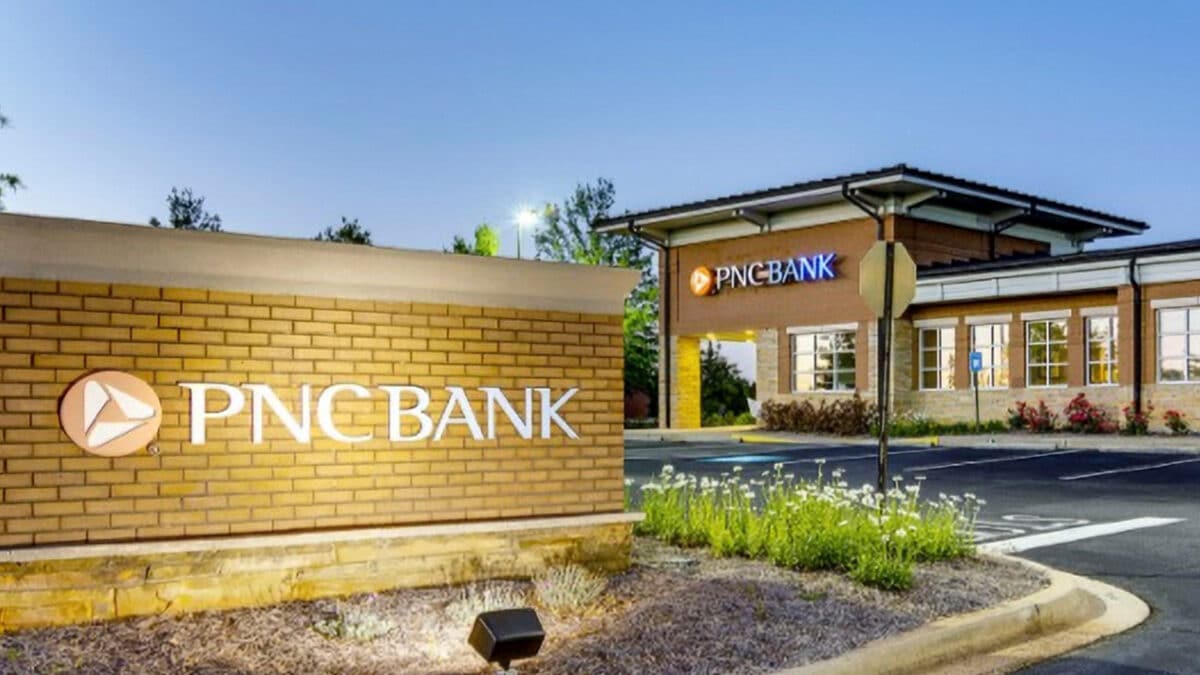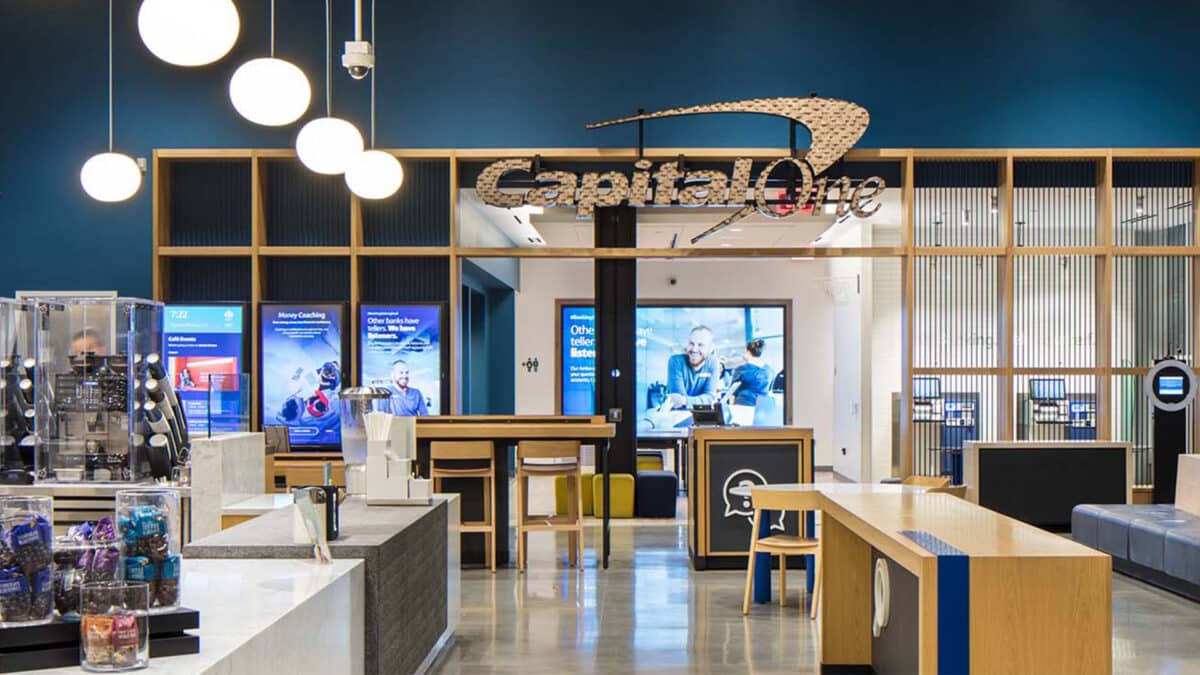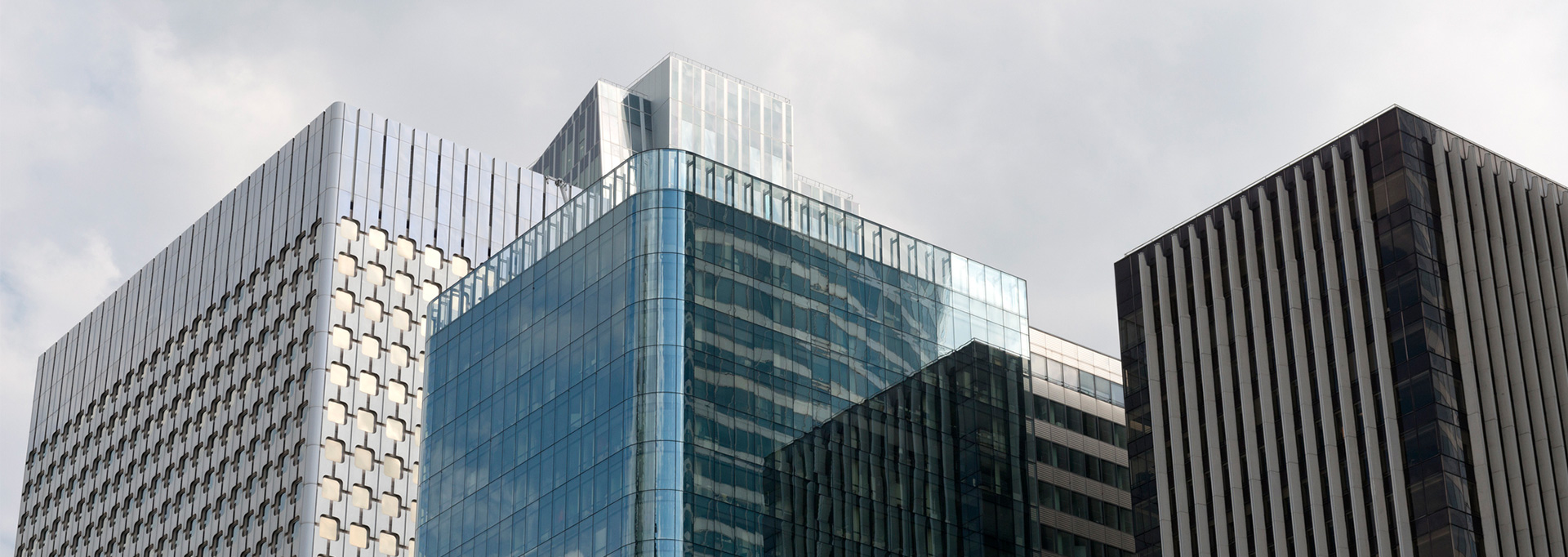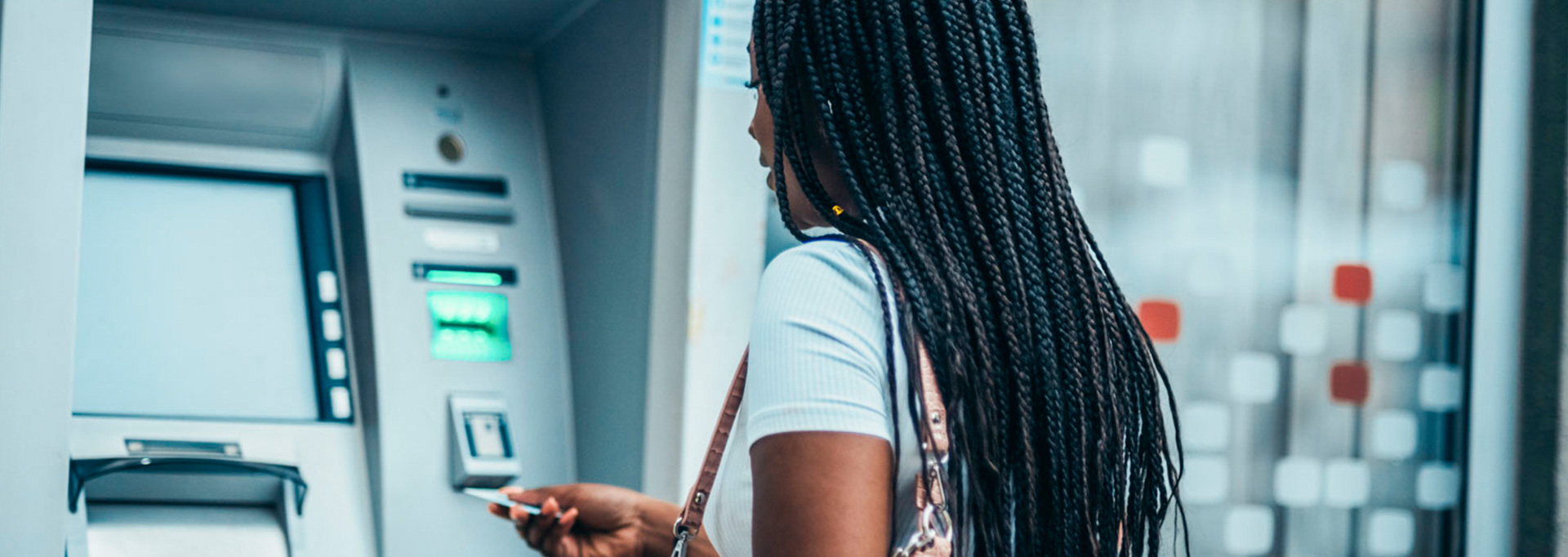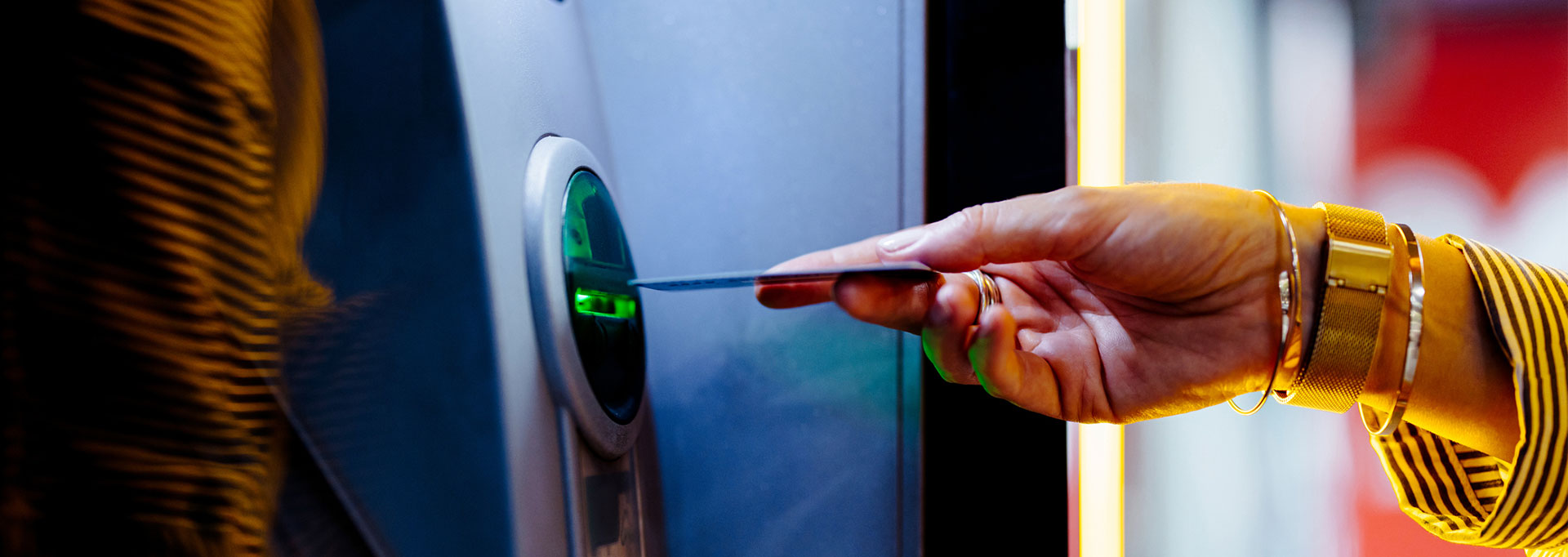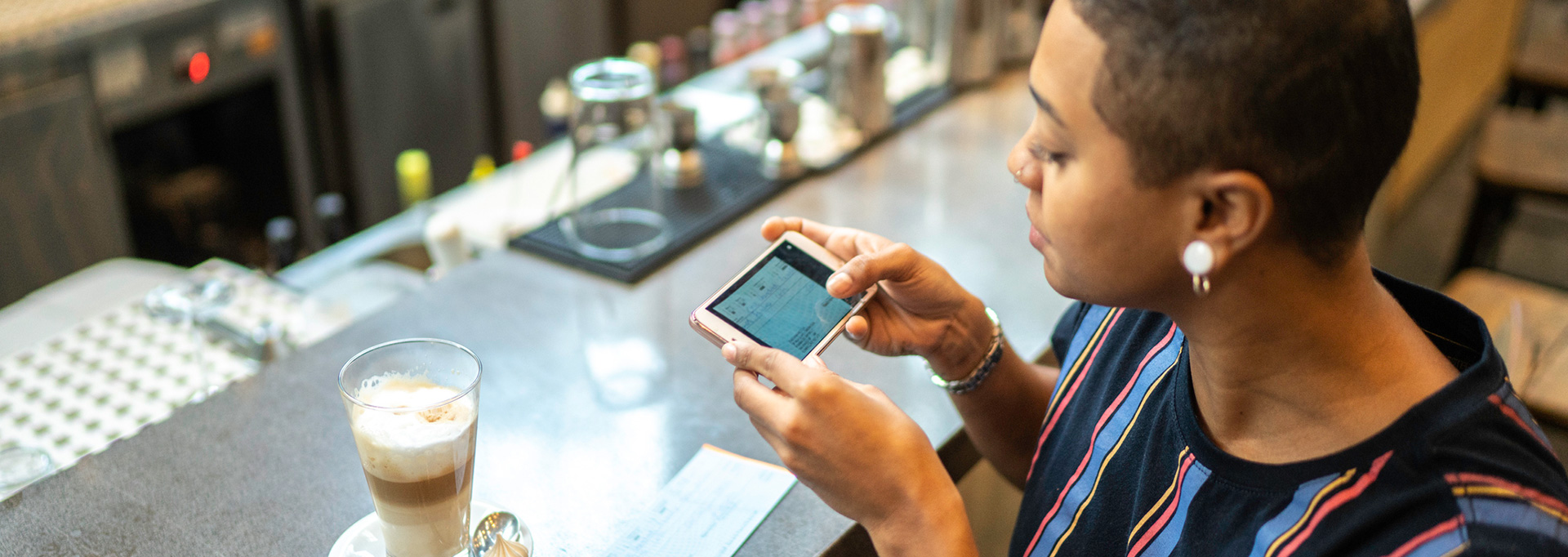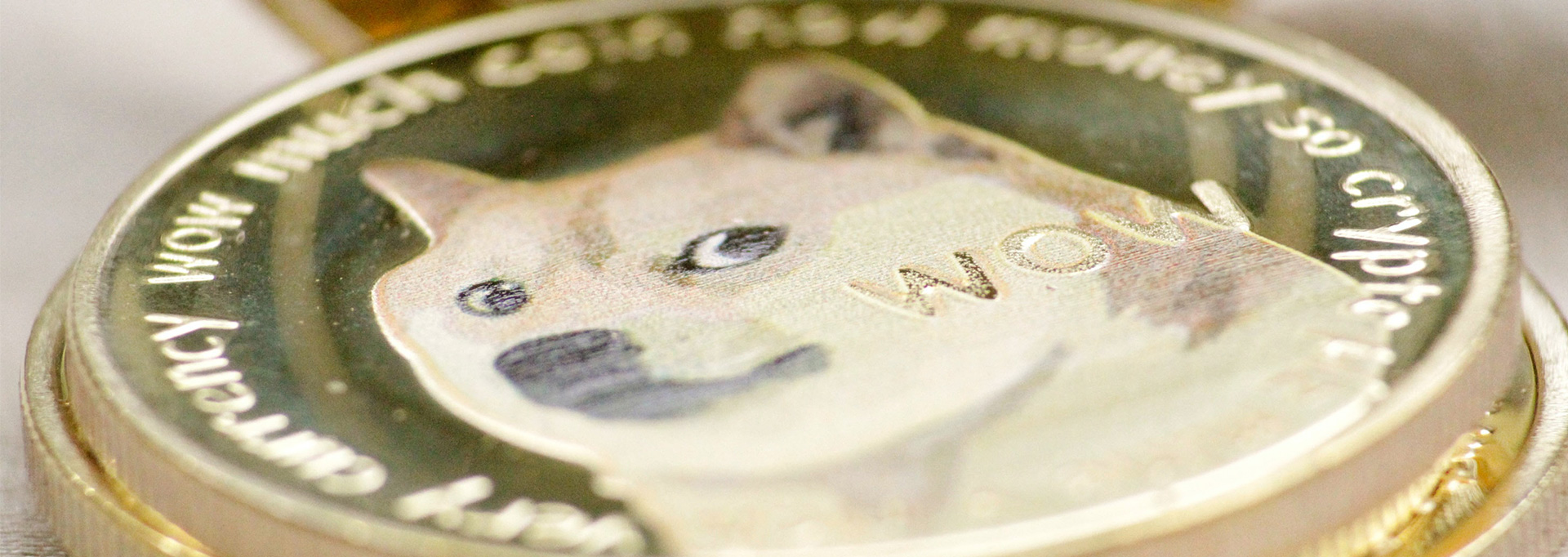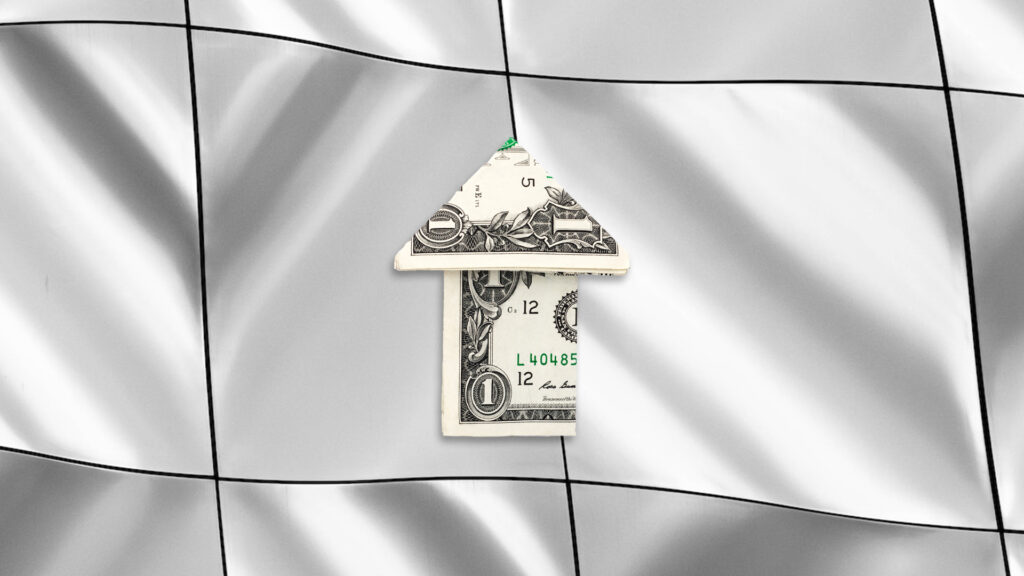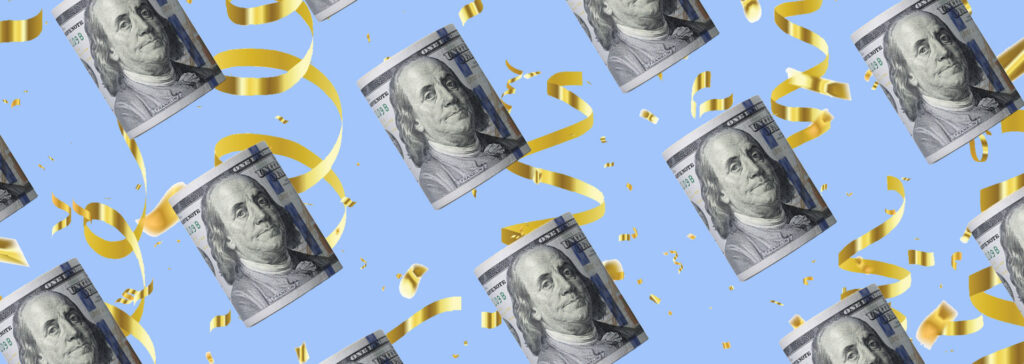Most products on this page are from partners who may compensate us. This may influence which products we write about and where and how they appear on the page. However, opinions expressed here are the author's alone, not those of any bank, credit card issuer, airline or hotel chain. This page may include information about American Express products currently unavailable on Slickdeals. American Express is not a partner of Slickdeals.
Banking with a large bank can make it easier to get a variety of financial products and services in one place. If you like to have your bank accounts, loans and investments under one proverbial roof, working with one of the largest banks in the U.S. may be the right move.
Chase, Bank of America, Citi and Wells Fargo make up the big four banks — the only U.S.-based banks with more than a trillion dollars in assets — but there are several more that can also be a good fit for someone looking for a large traditional bank. Here are the largest banks in the U.S., according to data from the Federal Reserve, as of March 31, 2023.
Top 10 Largest Banks in the U.S.
| Bank | Assets | Branches |
|---|---|---|
|
Chase |
$3.27 trillion |
4,788 |
|
Bank of America |
$2.52 trillion |
3,804 |
|
Citi |
$1.72 trillion |
660 |
|
Wells Fargo |
1.69 trillion |
4,601 |
|
U.S. Bank |
$590.46 billion |
2,207 |
|
Truist |
$564.84 billion |
2,006 |
|
PNC Bank |
$556.31 billion |
2,556 |
|
Goldman Sachs Bank |
$490.8 billion |
2 |
|
Capital One |
$469.43 billion |
292 |
|
TD Bank |
$401.25 billion |
1,164 |
1. Chase
The nation's largest bank has more than $3 trillion in assets in the U.S. and abroad. The bank offers banking products for consumers and small businesses. It also offers a host of personal and business credit cards — many of which are on our list of the best credit cards — as well as mortgage loans, auto loans and investment products and services.
Chase also has the largest branch network of any U.S. bank, with locations in 48 states (excluding Alaska and Hawaii) and more than 16,000 ATMs.
2. Bank of America
Bank of America has more than $2.5 trillion in assets, primarily in the U.S. but also internationally. The bank offers several products and services for both consumers and small businesses. On the consumer side, Bank of America offers bank accounts, credit cards, home loans, auto loans and investment products through its subsidiary, Merrill Lynch. Small business owners can take advantage of bank accounts, credit cards, a variety of business loans and other services.
The bank has a large physical footprint, with more than 3,800 branches and roughly 15,000 ATMs in 35 states.
3. Citi
With more than $1.7 trillion in assets, Citi has a solid portfolio. However, a good chunk of the bank's business is international. It also doesn't have nearly as many physical locations as other top banks — it has fewer than 700 branches, primarily in California and the Mid-Atlantic region. That said, the bank has a sizable ATM network with more than 65,000 fee-free ATMs.
Citi offers bank accounts for consumers and small businesses, personal and business credit cards, personal loans, home loans, small business loans and investment products and services.
4. Wells Fargo
Rounding out the big four banks, Wells Fargo has nearly $1.7 trillion in assets, virtually all in the U.S. The bank offers a wide range of options for consumers and small businesses, including bank accounts, credit cards, personal loans, auto loans, home loans, small business loans, and investing and wealth management services.
Wells Fargo operates the second-largest branch network in the nation, with roughly 4,600 branches and more than 12,000 ATMs across 37 states.
5. U.S. Bank
Despite its name, U.S. Bank is a regional bank, with a little more than $590 billion in assets, mostly within the U.S. The bank offers personal and business bank accounts, personal and business credit cards, personal loans and lines of credit, home loans, auto loans, small business loans and services and wealth management services.
Despite its smaller size compared to the big four banks, U.S. Bank has over 2,200 branches in 27 states and more than 40,000 ATMs.
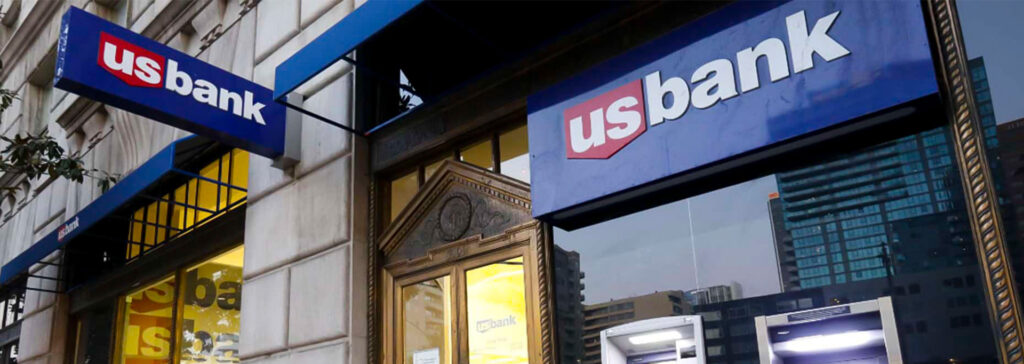 Related Article
Related Article
U.S. Bank Bonus Offers: Up to $1,200 for Opening New Accounts
6. Truist
Truist has virtually all of its $565 billion in assets within the U.S. The regional bank offers products and services to consumers and small businesses, including bank accounts, credit cards, personal loans, auto loans, boat and RV loans, home loans, small business loans and services, investment services and even insurance.
The bank has more than 2,000 branches and more than 3,000 ATMs across 17 states and the District of Columbia.
7. PNC Bank
Another U.S.-only bank, PNC Bank has about $556 billion in assets. Personal and business products and services include bank accounts, credit cards, personal loans and lines of credit, student loans, auto loans, home loans, small business loans, merchant services and an investment platform.
PNC has more than 2,500 physical locations across 28 states and the District of Columbia. Even if you don't live near a branch, though, you can access money at more than 60,000 ATMs nationwide.
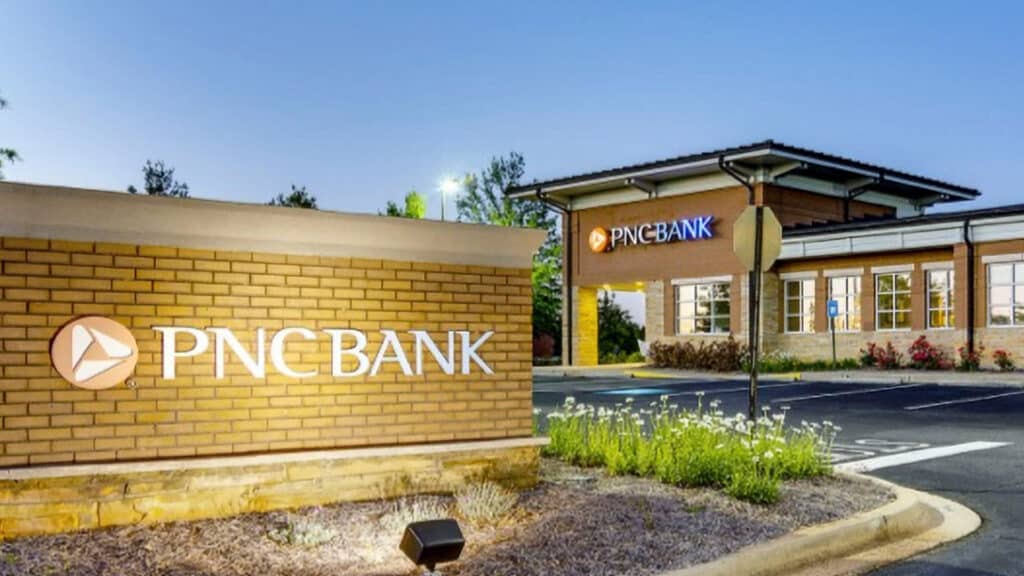
PNC Bank Bonus: Earn $600 by Stacking New Account Offers
8. Goldman Sachs Bank
Primarily an investment bank, Goldman Sachs offers very few consumer banking products and services. The bank, which has about $491 billion in assets, mostly within the U.S., offers a high-yield savings account and certificates of deposit through its online banking division Marcus. It also issues a couple of co-branded credit cards and offers investment products and services.
As an online retail bank, Marcus by Goldman Sachs doesn't have any physical branches. Also, because it doesn't offer a checking account, there's also no ATM network.
9. Capital One
Capital One Bank has all of its nearly $470 billion in assets in the U.S. and primarily offers online products and services. The bank's lineup includes personal and business bank accounts, personal and business credit cards, auto loans, business loans and merchant services.
The bank has fewer than 300 branches, including cafes, in just a handful of states. That said, its ATM network has more than 70,000 fee-free ATMs.
10. TD Bank
A subsidiary of the Canada-based TD Group, TD Bank has about $401 billion in assets, all within the U.S. The bank offers consumer and small business bank accounts and credit cards, personal loans, home loans, business loans and lines of credit and other business services, as well as an investment platform.
TD Bank has more than 1,100 physical branches and over 2,600 ATMs in 15 states along the East Coast and the District of Columbia.

5 Best No-Penalty CD Rates in October 2025: Earn Up to 4.90% APY
Is a Large Bank Always Better?
Not necessarily, but large banks can be a better choice when it comes to convenience and safety. A large bank often offers a wide range of financial products and services and you may be able to get everything you need with one bank rather than spreading your money across multiple financial institutions. Additionally, having your money with a financially strong bank can make you feel like your money is safe. If the bank has a lot of branches, you can also benefit from in-person service, even if you're far from home.
However, there are also downsides to banking with a large financial institution. In general, they offer lower interest rates on bank accounts compared to credit unions and online banks, and they may also charge higher interest rates on loans.
In some cases, it can make sense to spread your finances across multiple financial institutions to take advantage of the benefits and features offered by each. If you store more than $250,000 with one bank, you’ll exceed the FDIC insurance limit, which could increase your risk. Take your time to research and compare several options to determine the best approach for you.
Frequently Asked Questions
-
In terms of assets, the four largest banks in the U.S. are JPMorgan Chase, Bank of America, Citi and Wells Fargo.
-
Many banks have thousands of physical locations across the country. If you want the bank with the widest network, however, you'll want to pick Chase, which has nearly 4,800 branches in 48 states.
-
The concept of "too big to fail" suggests that some financial institutions are so large that failure would wreak havoc on the U.S. economy and even foreign economies. As a result, these banks typically receive government support during difficult economic times to avoid causing an economic catastrophe.
In the wake of the 2008 financial crisis, the Federal Reserve created a committee to supervise eight banks and holding companies whose failure could significantly impact the economy. Those institutions include:
- Bank of America Corporation
- The Bank of New York Mellon Corporation
- Citigroup Inc.
- The Goldman Sachs Group, Inc.
- JP Morgan Chase & Co.
- Morgan Stanley
- State Street Corporation
- Wells Fargo & Company
Because banks with the "too big to fail" designation have more regulatory involvement and government intervention than other financial institutions, they can be considered a safe place to put your money.
